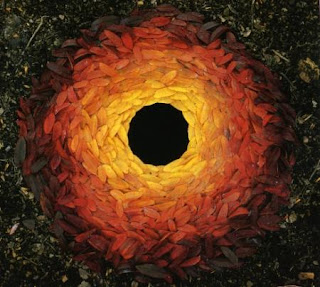I almost missed it. Yesterday, I finally made it to the solo show of Ginger Williams-Cook at the Mississippi Arts Center. The show ended today, but if you missed it I don't think that you have anything to fear. I am confident that we will be seeing more shows very soon by Ginger. The reason I am convinced of this is because of the vast output that she seems to be able to accomplish. One could easily have confused this exhibition as a group show by at least ten different artists, both because of the amount of work and the different styles. With influences from Modigliani to Japanese block prints to French illustrations she is obviously one of the few with such an honest and authentic out-pouring of creativity and ideas that it is probably more difficult for her to not do the work than to do it. She considers art a visual conversation, and I believe that is just what she is initiating.
I had a lot more that I was going to say about her love for sketchbooks, and how I didn't get to see the video about her sketchbooks, and how impressive her drawings are, and about her connection with other equally impressive young artists around here, and about these bizarre and humorous little nesting dolls that she is creating... but my brain stops working after 10:30 PM. So I am just going to post some work that I had a little conversation with.
Apartment
Les Yeux Vert
Sidewalk Flower No. 1
Sketch from Paris
The Big Lebowski
Wall full of work
















































